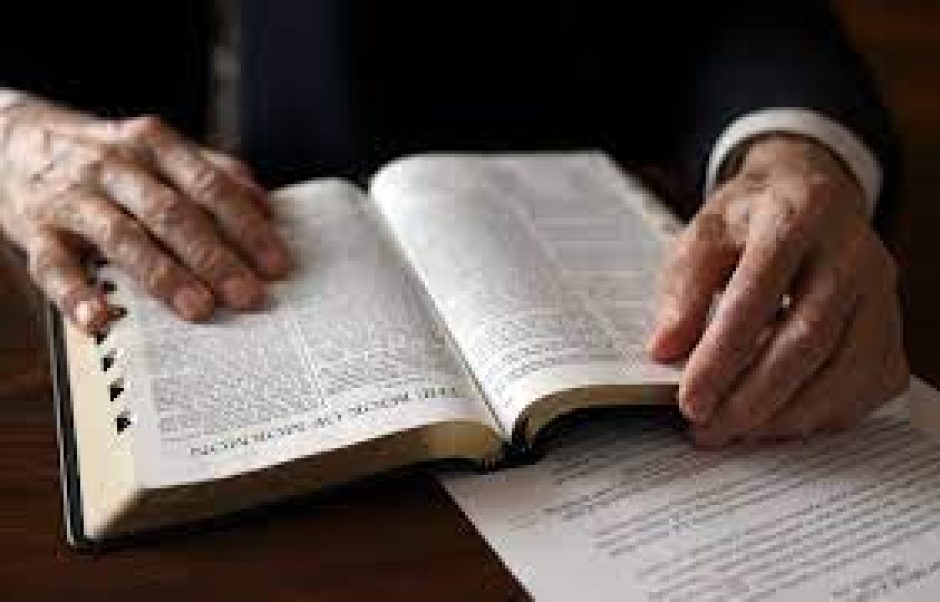The gift of the Holy Ghost is available to those who enter into the waters of baptism and are confirmed members of the Lord’s church. In order to actually receive this gift one must hunger and thirst for it. Without the ordinance of baptism, by one having authority, the gift of the Holy Ghost is not available.
The prophet Joseph Smith touched on this subject. He explained the difference between the Holy Ghost and the gift of the Holy Ghost:
There is a difference between the Holy Ghost and the gift of the Holy Ghost. Cornelius received the Holy Ghost before he was baptized, which was the convincing power of God unto him of the truth of the Gospel, but he could not receive the gift of the Holy Ghost until after he was baptized. Had he not taken this sign or ordinance upon him, the Holy Ghost which convinced him of the truth of God, would have left him. History of the Church 4:555.
I think it is accurate to say that most of the manifestations of the Lord’s Spirit given to mankind come by the Light of Christ. The Holy Ghost is a gift for the saints and the Light of Christ is a gift for all men.
Church members have the right to the gift of the Holy Ghost, but I wonder how many actually receive it. Elder Bruce R. McConkie said:
In practice, members of the Church enjoy the companionship of the Spirit from time to time as they manage, by obedience, to get in tune with the Infinite. New Witness for the Articles of Faith, page 257.
This is a far cry from the words we hear each week while partaking of the sacrament, “…that they may always have his Spirit to be with them.” Moroni 4:3
We live in prosperous times; the scriptures teach that prosperity is the enemy of spirituality (Helaman 12:2).
Resisting the Holy Ghost-LDS Style
Before making a list of ways ACTIVE Latter-Day-Saints “resist” the Holy Ghost, I admit, that compared to what I have been given, I live far beneath my possibilities.
This list is not intended to make LDS feel bad about themselves. To the contrary, this list is designed to educate and to help motivate.
1. Making the programs and activities of the church the basis of our testimony.
A testimony comes from the Spirit of the Lord as we diligently seek Him in prayer; not from the trappings of the church. A testimony can flourish without buildings, dynamic leaders, and programs. The real power of the church is in the Spirit inspired testimonies of it members. President Dieter F. Uchtdorf addressing this challenge said:
The Church, with all its organizational structure and programs, offers many important activities for its members aimed at helping families and individuals to serve God and each other. Sometimes, however, it can appear that these programs and activities are closer to the center of our heart and soul than the core doctrines and principles of the gospel. “Christlike Attributes—the Wind beneath Our Wings,” Ensign, Nov. 2005, 100
2. Being active in the church, but not the gospel.
It’s possible to be active in the church but inactive in the gospel. To be acceptable to the Lord we need to be active in both (D&C 10:67). Being active in the church is easy, just like being active in a club or a worth while organization. Being active in the gospel means we are repenting. The scripture refer to it as the “gospel of repentance” (D&C 13:1). If we are not actively repenting, we’re inactive in the gospel.
3. Failing to understand our baptism covenant.
When we were baptized with water we received half of our baptism. The other half is to be baptized by the Holy Ghost. The scripture referred to this as the baptism of fire.
And this is my gospel—repentance and baptism by water, and then cometh the baptism of fire and the Holy Ghost… D&C39:6
If we’re not seeking for the baptism of fire and the Holy Ghost how will we fulfill our baptism covenant?
Joseph Smith taught, “The baptism of water, without the baptism of fire and the Holy Ghost attending it, is of no use; they are necessarily and inseparably connected” (History of the Church, 6:316).
4. Stiffednecked attitude.
The scripture, particularly the Book of Mormon, use this term to describe church members who get caught up in the things of the world to the exclusion of the things of the Spirit. Struggling to keep the ten commandment is only part of being stiffednecked, it also includes “looking beyond the mark”, where members get caught up in controversial interpretation of church policies, doctrines, and history that in turn derail their spiritual growth.
Elder Joseph B.Wirthlin describing this condition said:
… when we cling to our sins, our pleasures, and sometimes even our perceived obligations; resist the influence of the Holy Ghost; and put aside the words of the prophets; we then stand at the shore of our own Galilee, nets tightly entangling us. We find ourselves unable to leave them behind and follow the living Christ.“Follow Me,” Ensign, May 2002, 15
Summary
Resisting the Holy Ghost, as I have described it in this post, can be done more or less innocently. The parable of the ten virgins depicts ten church members, five who have acquired the gift of the Holy Ghost, and five who have not. The difference between the two groups is explained by the words, wise and foolish, not good and evil. Concerning the wise virgins the Lord said:
For they that are wise and have received the truth, and have taken the Holy Spirit for their guide, and have not been deceived… D&C 45:57
The wise virgins fulfilled their baptism covenant and received the gift of the Holy Ghost while the foolish allowed themselves to be distracted and deceived.
If you would like to comment on what you just read click here.
